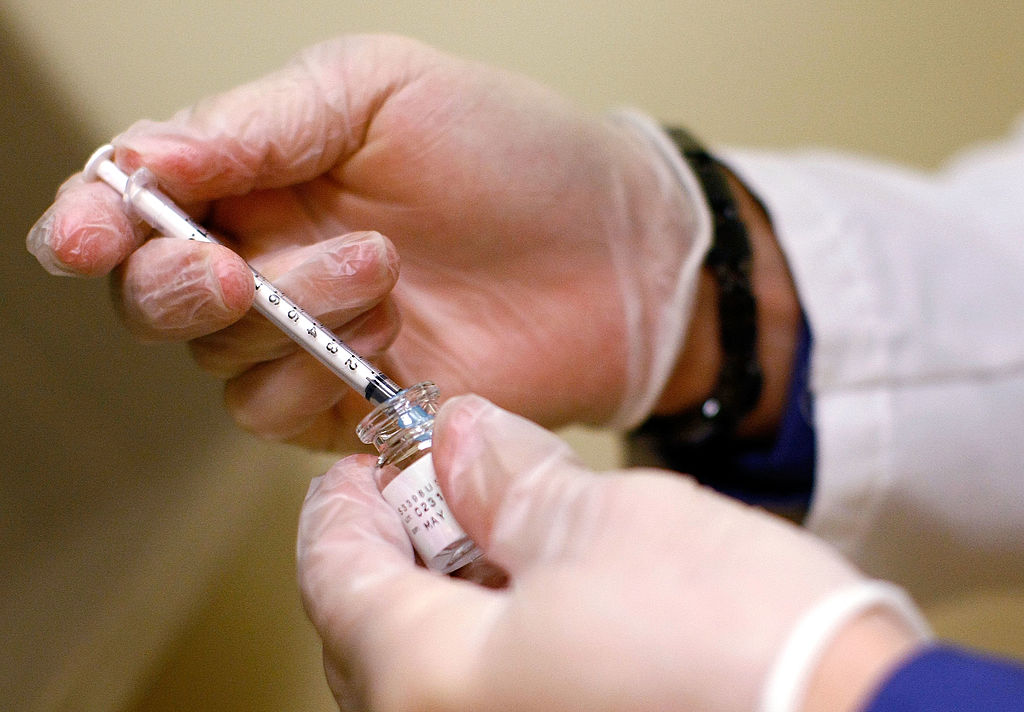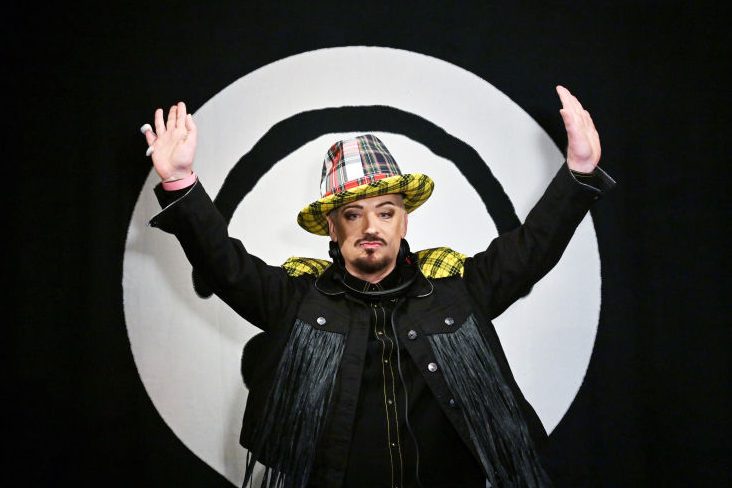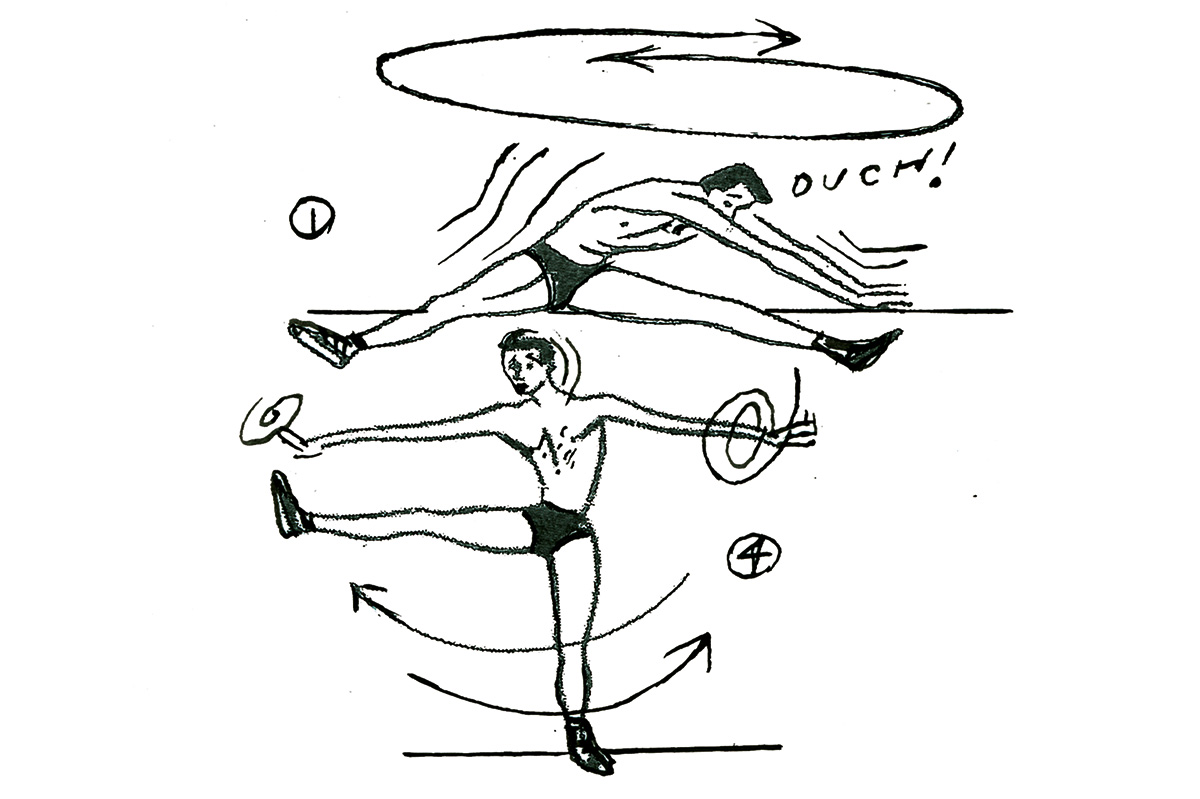“You look great,” my friend beamed at me as she opened her apartment door a few months ago. “Have you had Botox?” Of course I hadn’t. I’d had something that’s almost certainly far rarer — especially as a parent — in this age of ubiquitous beauty-on-demand services: eight solid hours of sleep, followed by a strong cup of coffee, followed by a ten-minute power walk through a New York City downpour replete with gale-force winds blowing in off the Hudson. Take that, injectable dermal fillers. Botox, it seems, is everywhere. Many of my acquaintances, even those barely old enough to remember Tamagotchis or Princess Diana’s funeral or that AOL dial-up tone, casually drop into conversation how overdue they are for an appointment with Doctor So-And-So. “It’s like getting your nails or hair done, or going for a wax,” one woman in her mid-twenties recently explained to me as if I were some sort of aged ignoramus who’d spent the last two decades nursing ingrown toenails in a small cave. “It’s no big deal.”
For the doctors doing these procedures, however, it is, in fact, a big deal; a deal that comes with dollar signs and zeros. In 2021, ABC News reported that, thanks to the “Zoom Effect” — young people spending hours every day staring at their little faces on screen, bored to the point of imagining crow’s feet and other features that society has taught us to think of as imperfections — the average age of many Botox and filler patients has fallen from the forties and fifties to the low twenties. According to the American Society of Plastic Surgeons, the use of neuromodulator injections — which include Botox and other similar procedures — rose by more than 70 percent between 2019 and 2022.
I certainly buy into the idea that self-scrutiny — whether because of Zoom or because of the messianic influence of social media — makes people want to change themselves. We’ve always pined for self-improvement. Capitalism is to a large extent premised on this. But there’s more to the Botox boom.
There is not, never has been and never will be a perfect age for women. As a teenager, she’s a mere girl: whimsical, naive, inexperienced, vapid. In her twenties, that only changes marginally. By the time she’s thirty, she’s still likely to lack the professional experience — Gravitas! Presence! — necessary to take on the big boys — but add to that the distinct possibility that she might be about to get pregnant. Shudder.
And then, well then, it really is all downhill. She’ll no longer have the malleability, energy and willingness to learn new things. She might be getting uppity. And, my goodness, have you seen the way she’s starting to let herself go? Those grays. The wrinkles. That behind. Her memory’s getting wonky. Is that a first sign of — whisper it — The Menopause?
One of the most entrenched rules in life is that the grass is always greener on the other side. It seems doubly true for women.
When we’re young, we romanticize old age: a time when we’ll be taken seriously, command authority and have no one to tell us what to do. When we’re old we romanticize youth: a time when our actions had no real consequences. Hakuna Matata. And a natural upshot of that is wanting to act old when we’re young, and young when we’re old. We want to be old enough to be respected but look young enough to be desired. I think of this as my five-year old (obviously still a few years away from understanding the weird age-related norms of society) surreptitiously snakes her tiny little finger into my anti-aging moisturizer. It’s quite possibly why young people get Botox and old people wear Forever 21.
To be clear, I have no problem with women of any age getting Botox, or indeed with doing anything that genuinely makes them feel better in their own skin. Let them eat cake! Let them feast on Ozempic! Let them decide for themselves if they want to shoot toxins into their faces to temporarily paralyze muscles and block nerves so that they can resemble a beauty ideal we long ago agreed was entirely unrealistic.
What I do have a problem with, though, is that a desire to be taken seriously is driving young women to fritter away their blink-and-you’ll-miss-it youthful beauty, not to mention their hard-earned cash.
I recently re-read Nora Ephron’s essay collection I Feel Bad About My Neck. In one essay she encourages young readers to “go, right this minute, put on a bikini and don’t take it off until you’re thirty-four.” My advice is in this same spirit. Before heading out to be needled, take a long hard look in the mirror and ask yourself whether those lines are real or imagined; whether you actually want your face to look like Madame Tussaud did your make-up (and if you do, then great. Go crazy.) or whether there’s another reason why Botox seems so wonderfully compelling. There are many ways to try and beat the patriarchy at its own game but, my goodness, most of us only get one good face in our lifetimes. Don’t screw it up for nothing.
This article was originally published in The Spectator’s March 2024 World edition.


























Leave a Reply